OPEN ASSEMBLY
Experiments in Aesthetics and Politics

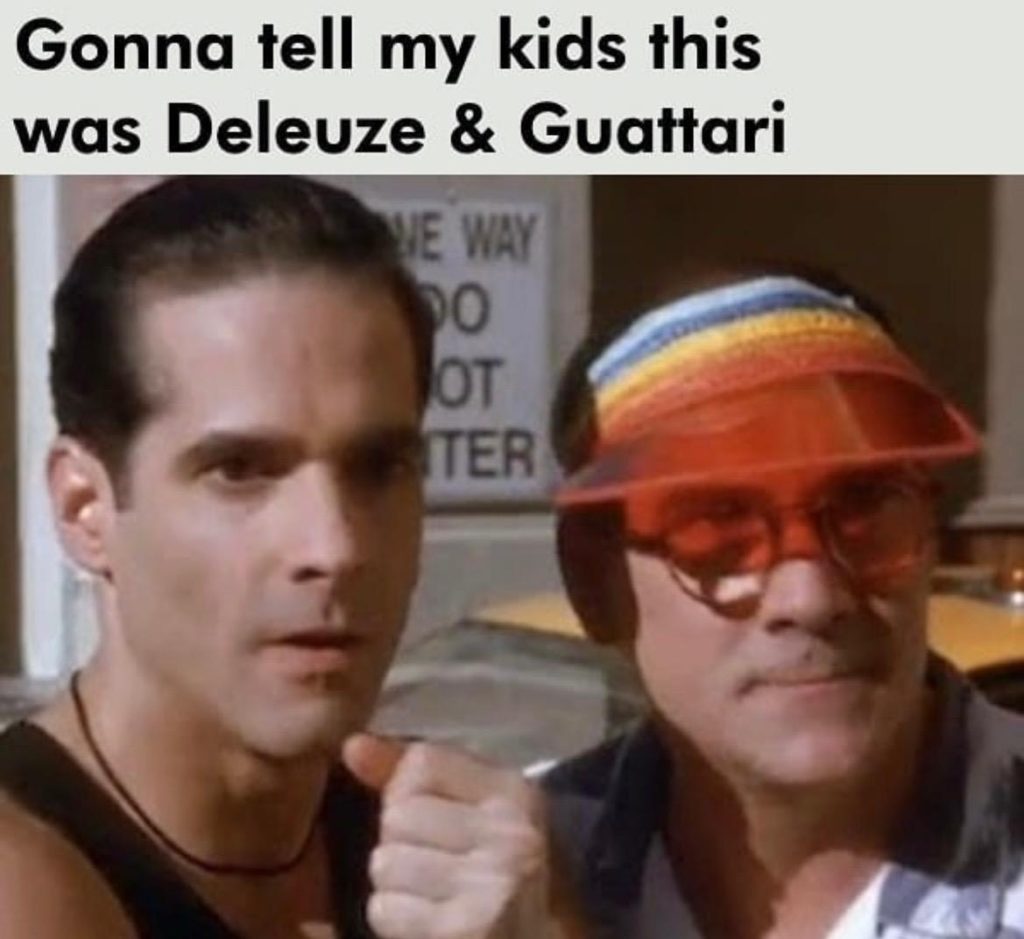
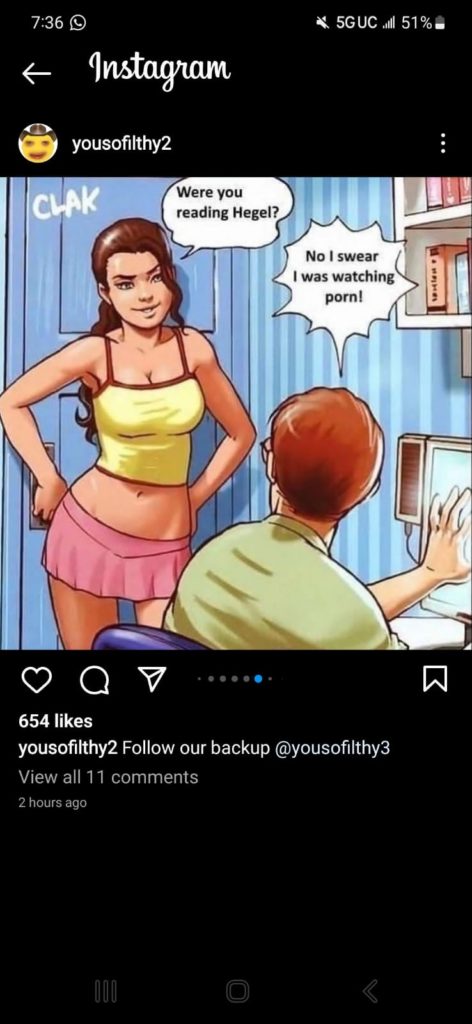
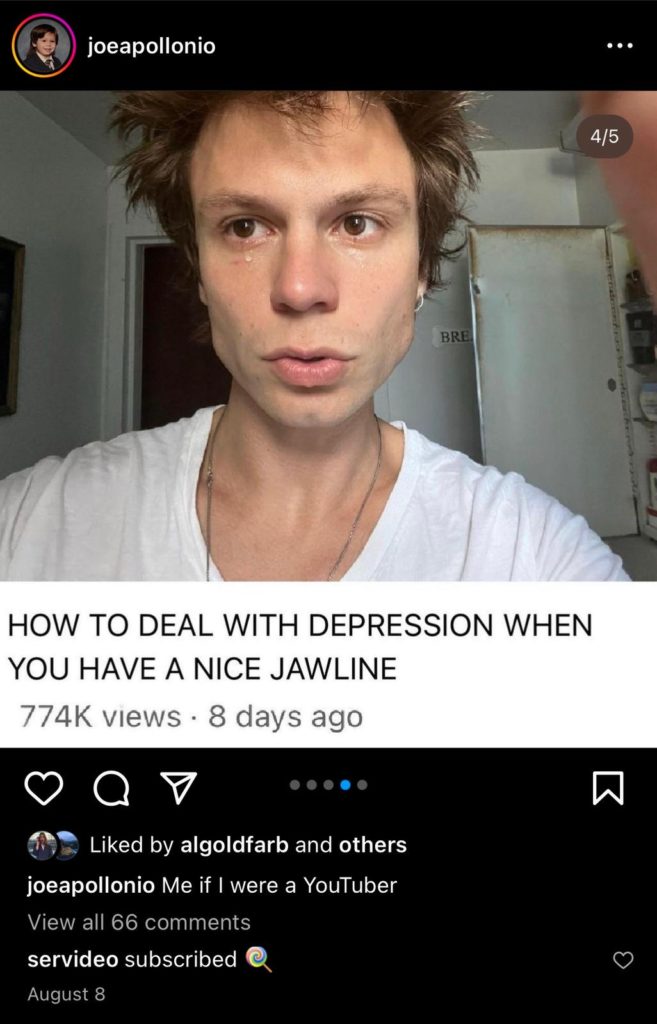
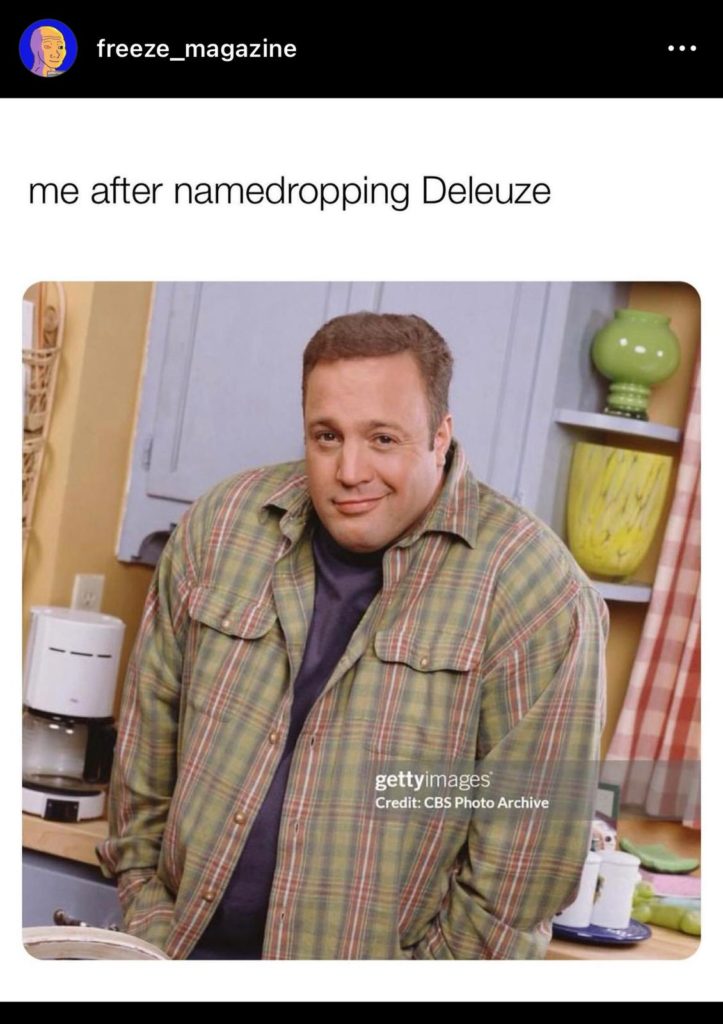


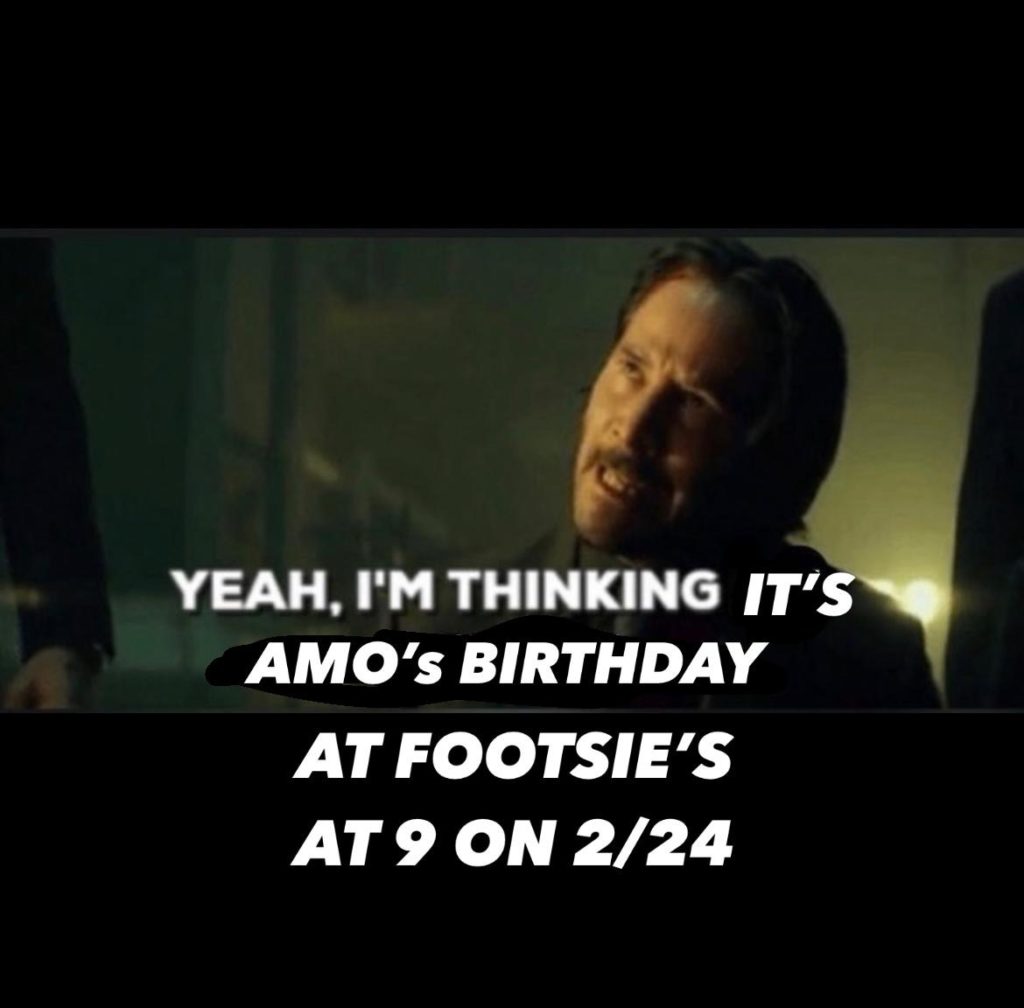
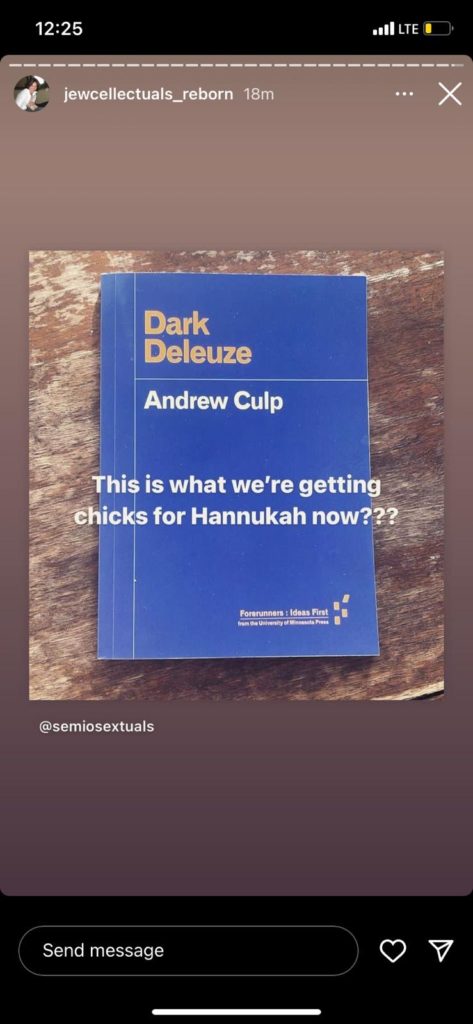
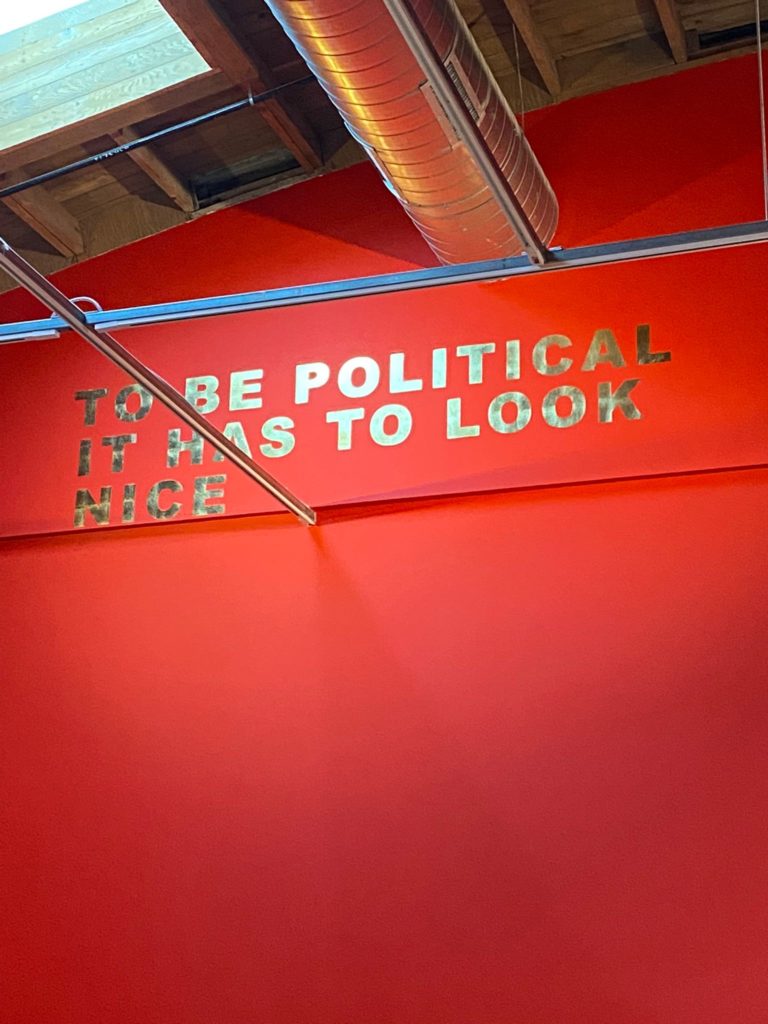
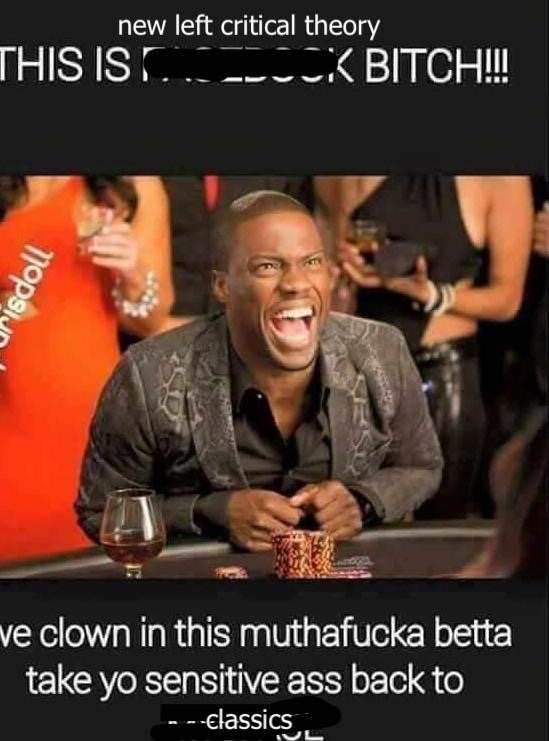
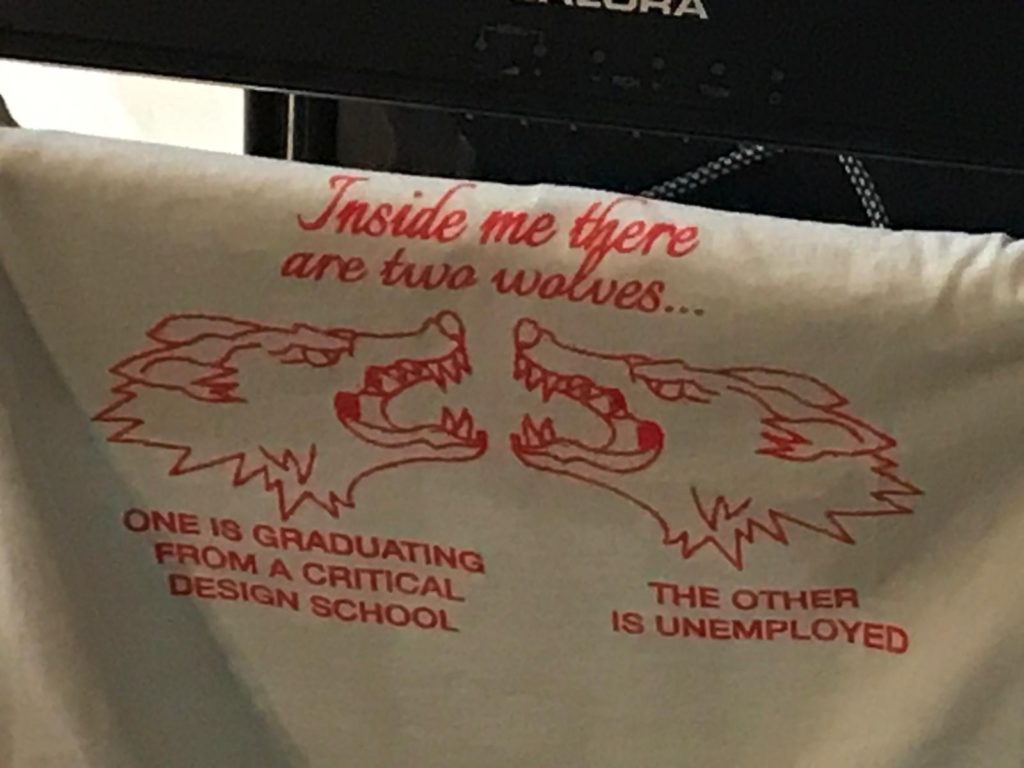
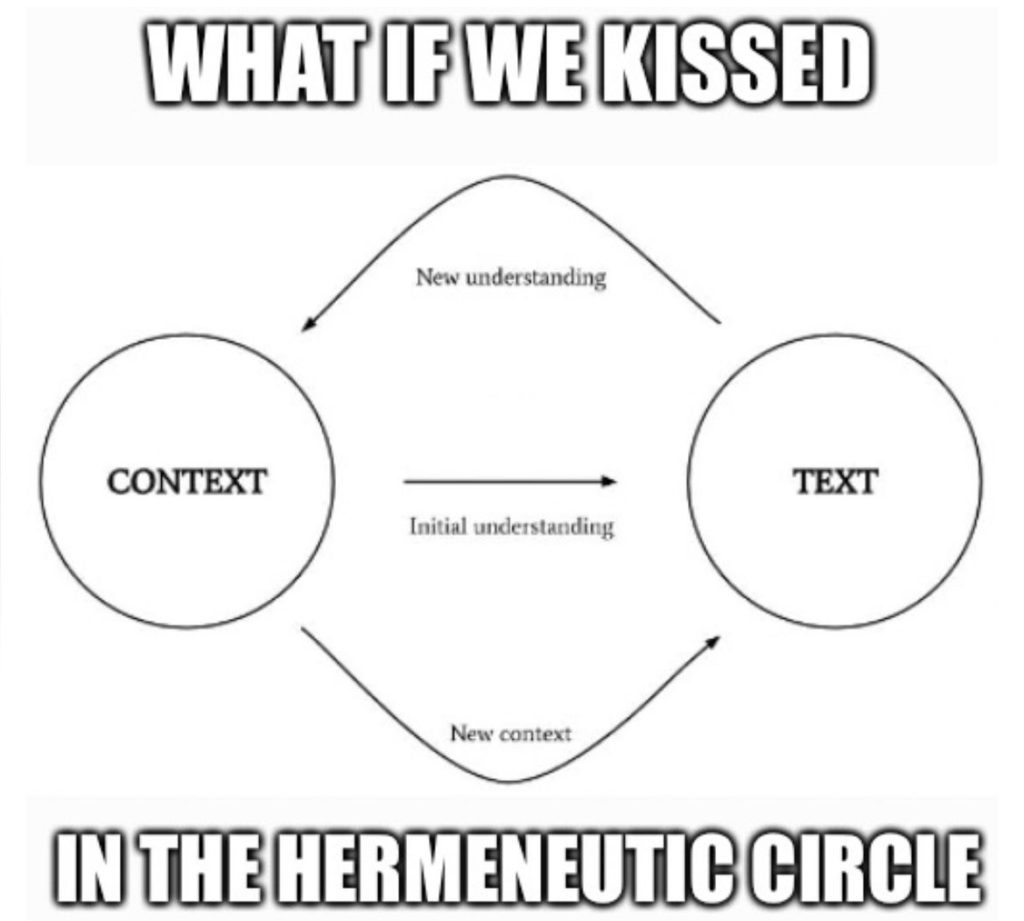

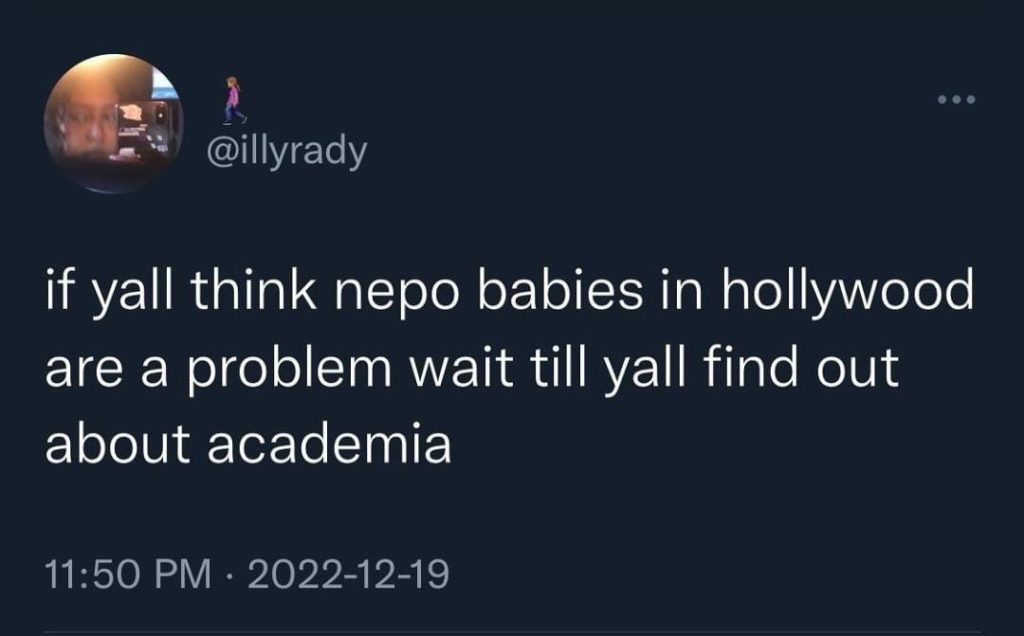
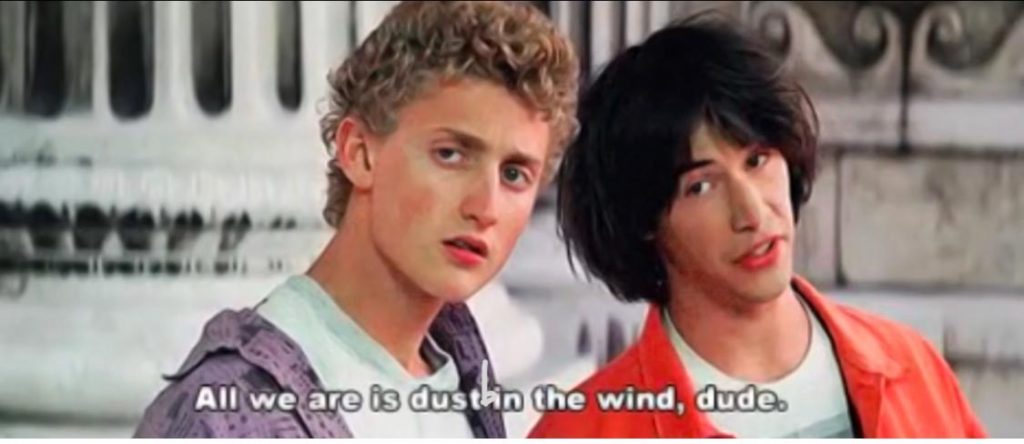


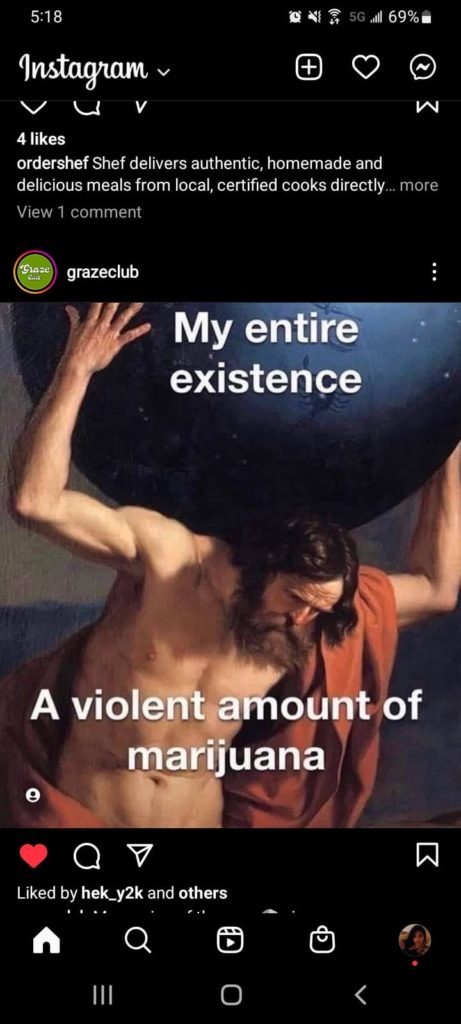
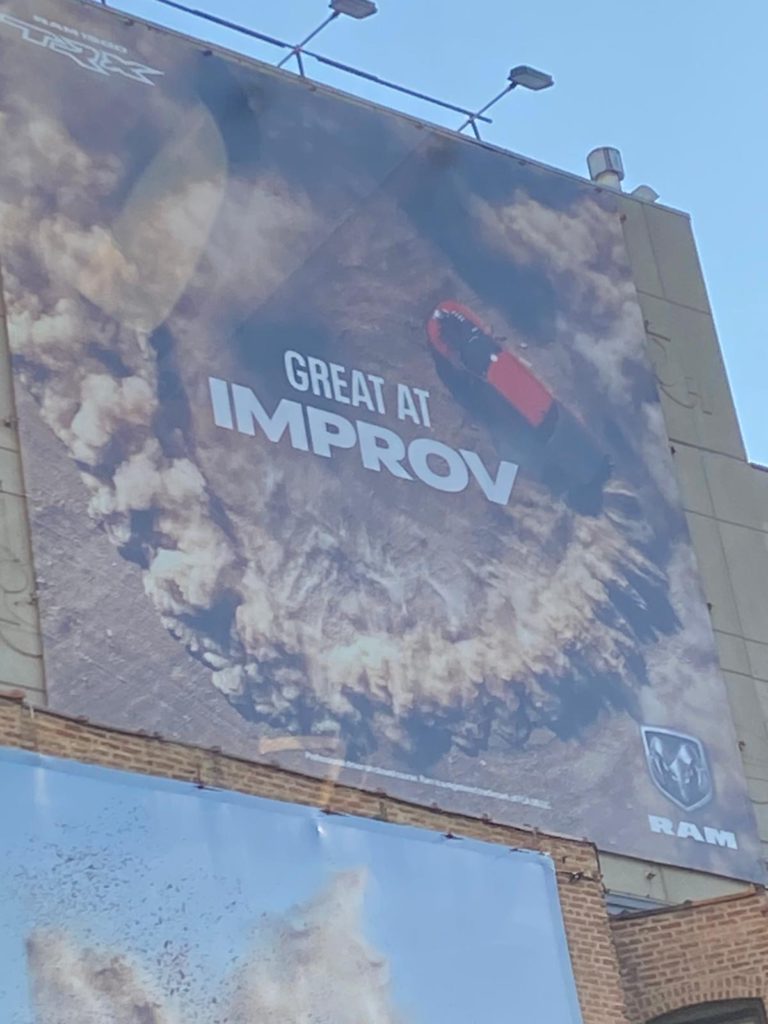
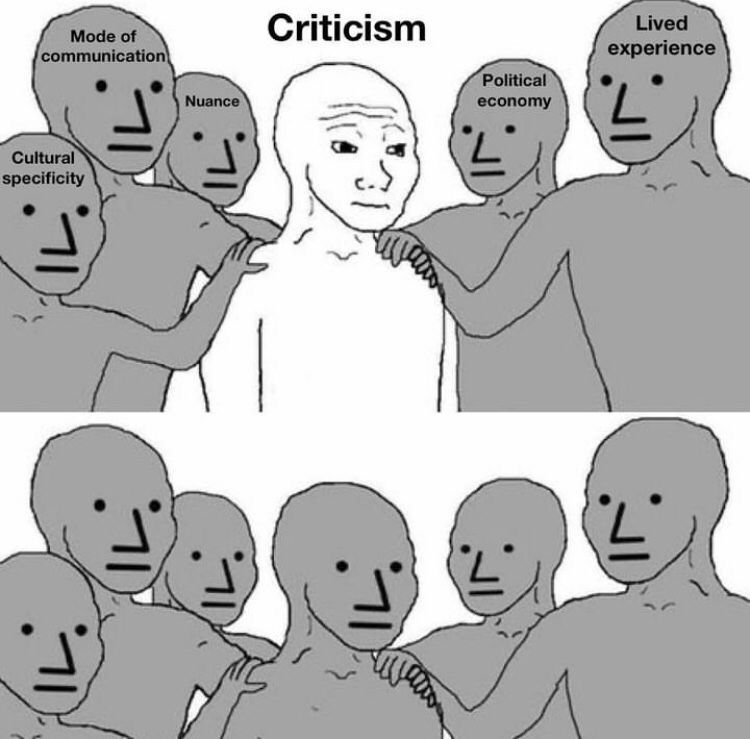
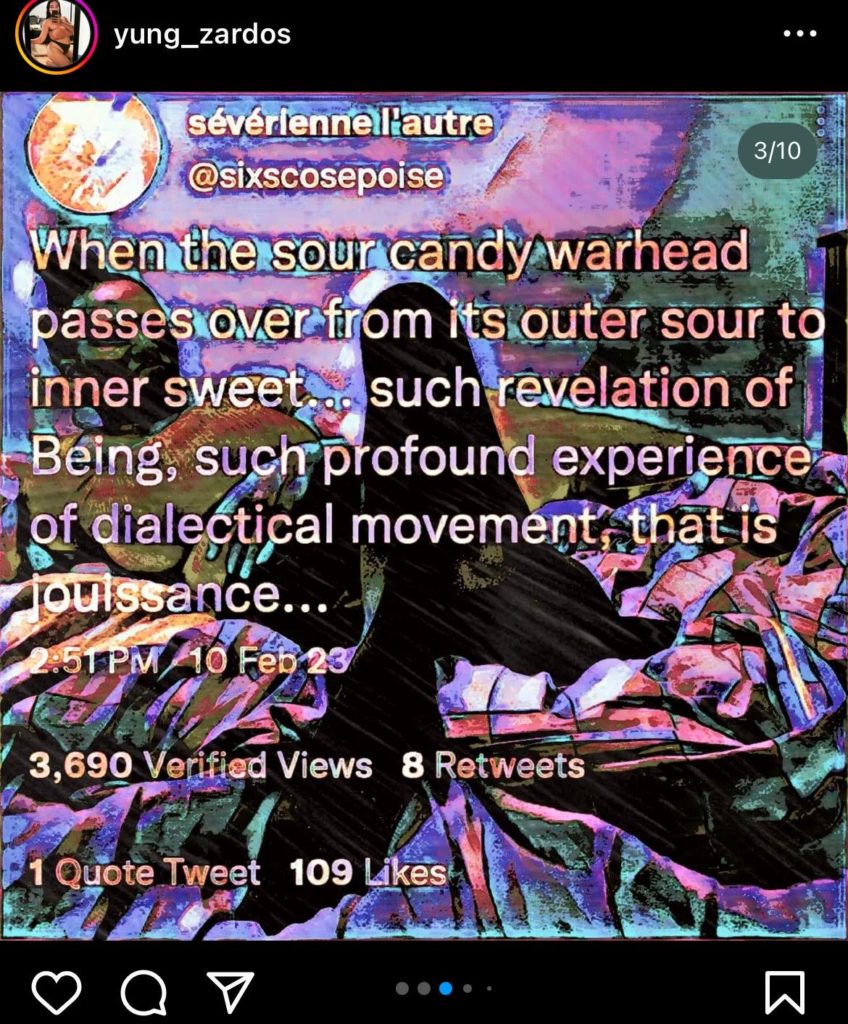
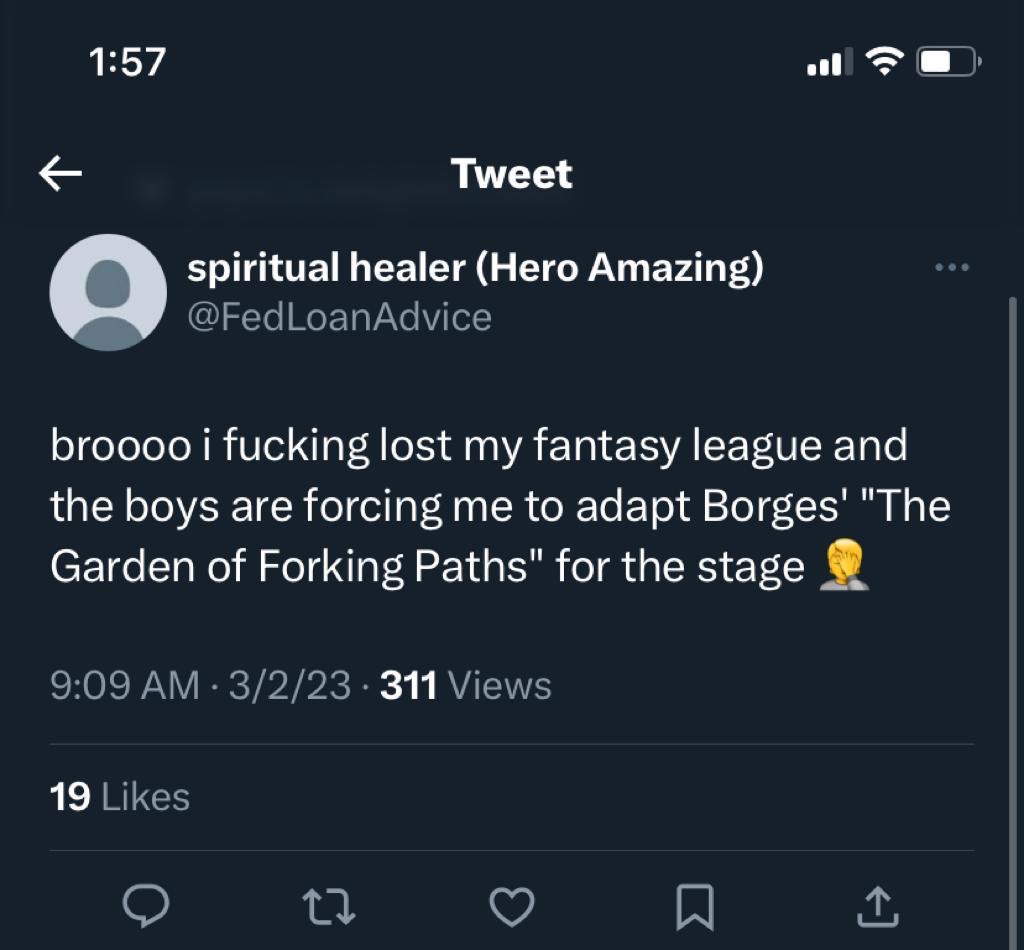
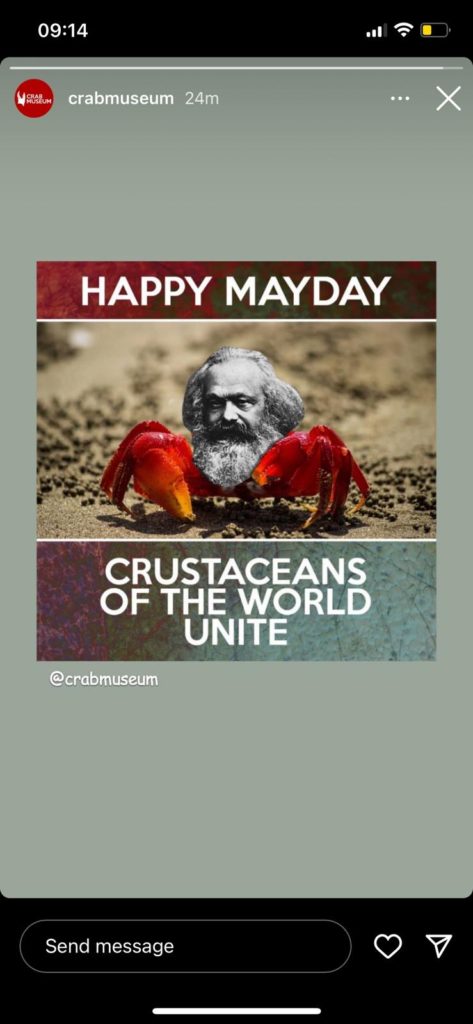
[ pending ]
[ pending ]
[ pending ]
[ pending ]
[ pending ]
[ pending ]
[ pending ]
[ pending ]
[ pending ]
[ pending ]
[ pending ]
How does music take part in the construction of a collective community? On October 28, 2022, scholar Shana Redmond gave a lecture as part of the Aesthetics and Politics Lecture Seriestaking place in the Armory Center for the Arts, Pasadena. Shana Redmond’s study of how music was imagined at different moments of political history of Black life in America shows a way to understand Fred Moten’s concept of how vernacular music can express and produce real community through carrying “lived experience.” This essay examines Redmond’s method and imagination of how music is a lived experience which can be productive of a community, by showing how music is centered in sociality, rather than taking music as a pure sonic production. In what follows, I first introduce the dichotomy that Fred Moten introduces between fact and lived experience, and then I review a general tendency of contemporary scholarship to include context as a necessary ground for understanding individual cases in a racialized system. I present and discuss the dual position of “voice” (singing/melody, speaking up/activism) in Redmond’s study. How does a musician’s voice negotiate the racial and cultural differences of his audiences? How does the practice of music define the struggle for individuality in the Black community, push for a further political transformation, and expose the deep problems in the racialized political system of the United States? I will argue that the interpretation of music as indicating direct communal connections in terms of personal belonging to a community further demonstrates the analytical failures of past scholarship in abstracting out music, along with the political failure of the federal and local governments.
To start with the definition of “lived experience”: In “The Case of Blackness” (2008), Fred Moten points out a problem in Franz Fanon’s depiction of jazz as being merely “phonographic,” that is, sound without meaning.[1] In particular, based on Fanon’s approach, Moten problematizes a dichotomy between “fact” and “lived experience”, in which “Blackness” appears in Fanon as a pure fact, serving only an ontological and philosophical purpose and position; the lived experience of Black social life, in contrast, resonates with a sociopathological and phenomenological interplay. Moten ultimately condemns Adorno, since Fanon uses Adorno’s idea of jazz which defines it as just sound, only “phonographic,” carrying little discussion on the participation of Black lives. In other words, Fanon’s trace of the ontological position of the term “Blackness” relates itself to a negative reference which derives from and sustains an interior pathology. In most cases, music is an ideal synthesis of sociality and the Black lives. Moten draws great importance from Miles Davis’ redefinition of the genre of Jazz: “I don’t like that word ‘Jazz’ […] I think social music,” as a challenge to the ontological idea, from the perspective of looking at “Blackness” as a fact, instead of engaging with the sociality of Black lives.[2] In Moten’s case, he concentrates more on the sociality of Black life rather than the specific genre of music itself. However, a vast repertoire of music genres and narratives related to both Miles Davis and Jazz span across generations and global community, not yet to mention the sociality of music which serves as a flourishing outline for the Black lives which grow out of, interact with, and become musicians and audiences of music themselves.
Thinking of the continuous unequal treatment of Black people, a variety of news reports, social movements, and systematic theorization, have called attention into the global, national, local, and individual problems of the political system in the United States. The philosophical or theoretical account on the role of Blackness currently is usually embedded with a phenomenological or sociological approach to the topic. Mastering a collection of historical ideas or formulating a perfectly logical statement is far less significant than contextualizing an event into delicate threads of readable pieces. The pride of a pure categorization and perfectly impeccable logic are close to vain because of a lack of contextualization and relevance that it owns to plead for a contemporary inquiry. This is not a value judgment, but it does raise a question: What role does context take in the formulation of the interpretation of Black lives? Fred Moten gives his positive response and in many other cases, scholars who work on postcolonialism often study topics (for example, the Caribbean diaspora, the Algerian and Haitian revolutions, the Black Lives Matter movement and so on) across continents and periods centering their conversation directly on topics of context, history, and stories of the past. These works tend not to formulate a universal position across lives, but to point out a similarity across the scholarly discussion on various subjects, that is, to relate lives to their contexts in order to substantiate the lives themselves. “Contexts” are thus necessarily provided for the sake of understanding lives in the first place. Such a move corresponds theoretically with Hans Georg Gadamer’s idea of hermeneutics, which emphasizes the inevitably historical nature of interpretation/understanding.[3] For Gadamer, one relates to the context for the sake of understanding the subject. Similarly, one relates to the subject that leads to an interpretation of the subject’s context. In this sense, Gadamer differed from traditional hermeneutic scholars, notably Friedrich Schleiermacher, who advocated a model of interpretation in which the reader overcomes the overwhelming historical distance between the text and later interpreter. Whereas Schleiermacher attempted to lessen or remove the consciousness of historical contexts in order to understand, which supposedly prioritized the text of the Bible over “Biblical” history, Gadamer focuses on the relationship between the audience and the work, reversing the relationship between text and truth onto the audience and their response to the work. In other words, if Schleiermacher attempted to undermine the role of history and address the self-significance of the work, then Gadamer opened up the possibilities of audiences who arrive at the text from their own historical contexts and therefore searched for the inter-historical encounter when audiences enter into the work.[4]
The engagement with audience and work is a key feature to understand the relationship between music and Black lives. First of all, in general, contemporary debate on Black lives extends the analytical or internal theoretical position into a contextual and phenomenological approach to the subject themselves. Standing at the shift from the analytical and theoretical to the contextual and phenomenological is in itself a historical moment of our conversation about speaking of Blackness. Not only does the treatment of Black lives shift from the object to subject position, but also the hermeneutics between context and people is reversed: we now talk about individuals first and then the context. This is not a causal dichotomy between theory and action partly because of its long continuous development started since Aristotle, and partly because of the political and social urgency of subverting the dichotomy between theory and action, or fact and “lived experience”. The Black Freedom Struggle has culminated into a peak as an unveiling of extreme racism initiated from the white supremacy, the globalization, and both the visible and invisible social discrimination.
Specifically, one feature of the method in looking at people first and then context is it often primarily focused on the description of a single actor representing a group of actors, for example, Saidiya Hartman’s Wayward Lives, Beautiful Experiments: Intimate Histories of Social Upheaval. It is not so much, speaking abstractly, that if the writers are of the same identity, singular experiences will be taken as many, but speaking practically and particularly, singular experience shows precisely how individual cases, in relation to their context, manifest challenges, sufferings, controversies over the unit of one’s life. Precisely through presenting individual cases, what is at stake shifts from unity to particularity and one come closer to understand a life of others, which builds on understanding the life of one other. The discussion on whether individual experience can represent a collective one is not under the microscope in this essay. However, as any other collective unity of a group, looking at the unity of the group may entail sacrifice of individual voices. On the contrary, a matter of individual experience unfolds and centers the importance of what life means in the first place.
If a matter of collective unity of an identity can perhaps be hardly maintained through description, what is the coherent element(s) that draws the lives of any group together? Shana Redmond’s study respond to the question and her writing unfolds this relationship between individual “voice” (singing, melody) and collective representation of such “voice” (speaking up, activism).[5] For example, in her book Anthem (2013), Redmond speaks of a series of musicians and singers from the Black community partly at stage of music for the love of music and partly at the stage of politics for the love of Black community. From this perspective, Redmond traces biography of both activist parties and musicians and poets composed for personal/political purposes. Whereas Moten’s move can be seen as a theoretical one itself, his project also provided a method for scholars conducting research on the lived experience of the Black lives through looking at musicians, singers, and audiences’ social, cultural, and identical formation inside the external racist systems. In the case of Nina Simone, Redmond explicitly presents the inspirational function of Simone’s song “To Be Young, Gifted and Black,” which serves as a clue to Simone’s personal political development and simultaneously as an “anthem” for the Black Power movement.[6] In a larger state, Redmond affirms Simone’s “anthems” as playing a necessary role in the “histories of Black resistance.”[7] Precisely through Simone’s singing voice, serving as the fundamental medium of the anthem, a personal inspiration or aspiration for collective representation was able to serve as a flag for a larger community.
Similar to Miles Davis, Nina Simone also shares an external force from the critics who hope to subsume her position into the category of “Jazz” or “Blues” singer, however Simone undermines the category of “genre” in music and emphasizes her feeling and herself: “they just can’t get that I don’t have a category, I just sing what I feel and if it crosses the line then that’s all right with me. I never want to be stuck in one place musically—it’s not who I am.”[8] On one hand, Simone’s anthems and her statements about music offer political inspiration for the revolution. On the other hand, her personal evolution on singing performance from “Mississippi Goddamn” and “Four Woman” to “To Be Young, Gifted and Black” reflects a national revolution from the Student Nonviolent Coordinating Committee to the Black Panther Party.[9] Further, historically speaking, Simone’s “Four Woman” also overtones organizations “including the National Black Feminist Organization (1973) and Combahee River Collective (1974).”[10] Later, Redmond also presents a series of post-effects of Simone’s “Four Woman” for the Black lesbians’ and women’s experience and organizations. If one listens to the “Four Women” and pays attention to the lyric and how the piano moves, one can hear a voice radically singing the passive external categorizations from a biased cultural attitude. The affect piercing through the song is itself is located at the intersection between context, lyric, and Simone’s voice. Hardly an audience cannot hear the struggles and conflicts, and racial irony through the song, and if “Four Women” is a motif for conducting actions and describing the unfairness, then what follows is a particular approach to the racism story distinctive to America.
In Shana Redmond’s lecture “Agencies of Menace – The State, the Car, and the Music in Between” (2022), her project provides a tripartite perspective: as the title states, it presents the context revolving around the state, the car, and the music for the Black community. In Redmond’s lecture, her investigation of “the car” starts from a photography of a broken car window from behind, a photo from May 2 of 1973.[11] The car is suspected to be involved with the Black Panther Party: they were pulled over at the New Jersey Turnpike, a notorious speed trap where many Black motorists face discriminatory policing, for having a faulty headlight. This encounter with police ended with multiple occupants in the car dead, and Assata Shakur arrested. The car was later found out to be belonged to the Black Panther Party, and Redmond articulates this story as an element showing “the conflict between the federal and the individual.” In Redmond’s telling, the car creates a space of free sociality in which Black people can move, talk, and hear music and respond to it by singing. At the same time, this freedom can only be one at the constant interface with the federal and local governments as they go one to the road systems, Black drivers are disproportionately targeted. In the lecture, Redmond both reconstructed the life inside the car before it was fatally pulled over, including the music that might have played on the radio that night, and also took on the perspective of Assata Shakur as she reflected on her life in jail. What unites the scenes from Shakur’s life before she was arrest and after her imprisonment is the music that connects Shakur’s individual emotional response to a broader community, since it is through Redmond’s imagination of both the music that can be found and the situation of that night.
The above is Redmond’s idea that there is a broader Black aesthetic developed out of a preexisting community sound and memories but made universal by the radio, cars, and records, looking at the intersection between technology and community. Another implication that Redmond draws out in the lecture is that the racial struggles which the Black lives were forced to confront under a political failure in America: the car seems to be a stage for freedom to fully unexposed, but such a freedom is interrupted and actually killed by the governmental force, which is based on racism. This is a hard logic to draw on for scholarships if one merely thinks in terms of logic, since it doesn’t make sense for an event to only happen to the Black community. Logically speaking, this must happen to another group too. However, it is undeniably true that the Black community suffered disproportionately high numbers of killings conducted by the highway police in the US. This can hardly be an accident and if scholarship can’t shift a purely analytical force to see the actual lived experience of what happened, the political failure might have passed from the government to academia.
So far, I have discussed how the lived experience of Black community can be instantiated by looking at an experience of music through musicians and through listening to music, as well as the political failure of the government and a racist past in the US. Although I have briefly concentrated on music, my focus was more of people than music. In the following, I propose a focus on music and one should know that the relationship between music and people can never be broken. Earlier I prioritize the social problem within the Black population, and now I shift to an initiation from the perspective of music. In her Everything Man (2020), Redmond discusses the early stage of this technical universalization of individual sounds, for example, Paul Robeson, who is one of the first Black movie and radio stars. In other words, Redmond describes a universalization of the Black tradition through one person’s voice. At that early stage of the radio, Paul Robeson has a holographic effect as his voice appears to be in every room even if he was physically absent. According to Redmond, Robeson was unique for projecting not just a specific Black voice but for disseminating spirituals, songs that have been developing in the South. This projection of one musical strand of Black American life coincides with Jazz as a tradition on the radio and in club, which introduces a radically new sound that is identified as Black, even if it is remixed with new instruments and influences. In the 1950s, ethnographer Alan Lomax went down to small towns throughout the South to record people’s singing. In his project, the richness of the Black Southern music seems to go beyond the existing repertoire of famous classical spirituals.
At the same time, the Black spirituals came to have an important role in the civil rights movement, with certain songs becoming famous throughout the country for having been sung among activists, for example, in the march on Selma or the Freedom Rides. One of the most important figures in the spread of musical standards from the core regions of the Civil Rights struggle in the 50s and 60s was Fannie Lou Hamer, an activist from Mississippi who was known for leading fellow marchers in song. At the same time, from the early 50s, the musical tradition of the South was becoming widespread through recordings or group interaction in the times of political movement. Simultaneously, Jazz and Blues, two newer musical traditions which grew out of the Deep South but departed far from spiritual forms, and become widespread throughout the country, transformed differently and responded to the new technical possibilities in the 50s. On the one hand, the Blues through contact with electrification and the recording studio created many new genres that became the core of “popular music.” On the other hand, Jazz was increasingly seen as an avant-garde art form in the 60s, because many of the biggest names came from the “big band” tradition started experiments with new forms of music that were informed by the recording studio and by the participation of global audiences. The turning point for Jazz is often seen as the bebop of the 40s and 50s, which focused on longer and more free form improvisation. The major of this movement pushed each other to find new ways to move beyond old standards, techniques, and scales, and over time radical artistic experimentation became a goal in itself. Artists like John Coltrane moved more and more away from live performance and focused on composed and polished records, and this happened, the connection to any “community,” as opposed to a dispersed “audience,” might be said to have disappeared.
Thus, in Shana Redmond’s thought experiment about what Assata Shakur might have been playing in the car radio in May 1973, she is playing with an environment in which quote-unquote Black music was already extremely diverse and fractured. What drew together the different songs that Redmond could imagine playing on the radio that night, from R&B hits like “Killing Me Softly With His Song” to the hidden gems of a station playing jazz oldies, was perhaps nothing more than the identification of the audience with a shared social experience, and a memory of each of these forms as having roots in a single region and tradition. In this context, Redmond’s work helps us fill in the content of the “lived experience” which, for Moten, is exactly what gives jazz the potential to express and produce community, rather than simply being a phonic outburst of individually “pathological” Black lives: by looking at music’s identifications in memory and in conversation, Redmond shows that the diversified and collaborative presentation of sounds lead up to a unity of shared experience of the Black community.
According to Gadamer, the encounter of a reader with an essay or an audience with a music work marks the beginning of a new experience:
In the experience of art we see a genuine experience (Erfahrung) induced by the work, which does not leave him who has it unchanged, and we inquire into the mode of being of what is experienced in this way. So we hope to understand what kind of truth it is that encounters us there.
We will see that this opens up the dimension in which, in the “understanding” practiced by the human sciences, the question of truth is raised in a new way[…]
Rather, understanding belongs to the encounter with the work of art itself, and so this belonging can be illuminated only on the basis of the mode of being of the work of art itself.[12]
Whereas Gadamer’s conclusion derives from an intellectual historical interpretation since Kant, Shana Redmond’s conclusion on music followed from a shared experience of art and depicted a shared image for what Fred Moten calls the “lived experience” of the Black life. Retrospectives on concept of history, context, experience and revolution, can seamlessly work with artistic development in music; perhaps the intersection between politics and music is how the lives were misplaced in a racist context. Once we admit to the failure of the political consciousness, we are getting close to start truly reflecting on the alienation that the external environments have created for the Black lives. While the Black lives sing or responds to singing, we should consider if any articulation of critique or frustration can be directly or indirectly brought up by music or by our conscience.
[1] Fred Moten, “THE CASE OF BLACKNESS.” Criticism 50, no. 2 (2008): 188.
[2] Miles Davis, “Today Show,” interviewed by Bryant Gumbel, The National Broadcasting Company (1982).
[3] Hans-Georg Gadamer, Joel Weinsheimer, and Donald G. Marshall trans. Truth and Method (London: Bloomsbury, 2013).
[4] Hans-Georg Gadamer, Joel Weinsheimer, and Donald G. Marshall trans. Truth and Method, 1-105.
[5] Shana L. Redmond, Anthem: Social Movements and the Sound of Solidarity in the African Diaspora (New York: NYU Press, 2013).
[6] Shana L. Redmond, Anthem: Social Movements and the Sound of Solidarity in the African Diaspora, 179—end
[7] Ibid, 181
[8] Ibid, 182.
[9] Ibid, 184
[10] Ibid, 185
[11] Shana L. Redmond, “Agencies of Menace – The State, the Car, and the Music in Between” (Presented at the Aesthetics & Politics Fall 2022 Lecture Series, Armory Center for the Arts, October 28, 2022).
[12] Hans-Georg Gadamer, Joel Weinsheimer, and Donald G. Marshall trans. Truth and Method, 91
References
Gadamer, Hans-Georg, Joel Weinsheimer, and Donald G. Marshall. Truth and Method. First paperback edition. translation revised by Joel Weinsheimer and Donald G. Marshall. The Bloomsbury Revelations Series. London: Bloomsbury, 2013.
Hartman, Saidiya V. Wayward Lives, Beautiful Experiments: Intimate Histories of Riotous Black Girls, Troublesome Women and Queer Radicals. Paperback edition. London: Serpent’s tail, 2021.
Moten, Fred. “THE CASE OF BLACKNESS.” Criticism 50, no. 2 (2008): 177–218.
http://www.jstor.org/stable/23128740.
Redmond, Shana L. “Agencies of Menace – The State, the Car, and the Music in Between.” Presented at the Aesthetics & Politics Fall 2022 Lecture Series, Armory Center for the Arts, October 28, 2022.
———. Anthem: Social Movements and the Sound of Solidarity in the African Diaspora. New York: NYU Press, 2013.
———. Everything Man: The Form and Function of Paul Robeson. Refiguring American Music. Durham: Duke University Press, 2020.